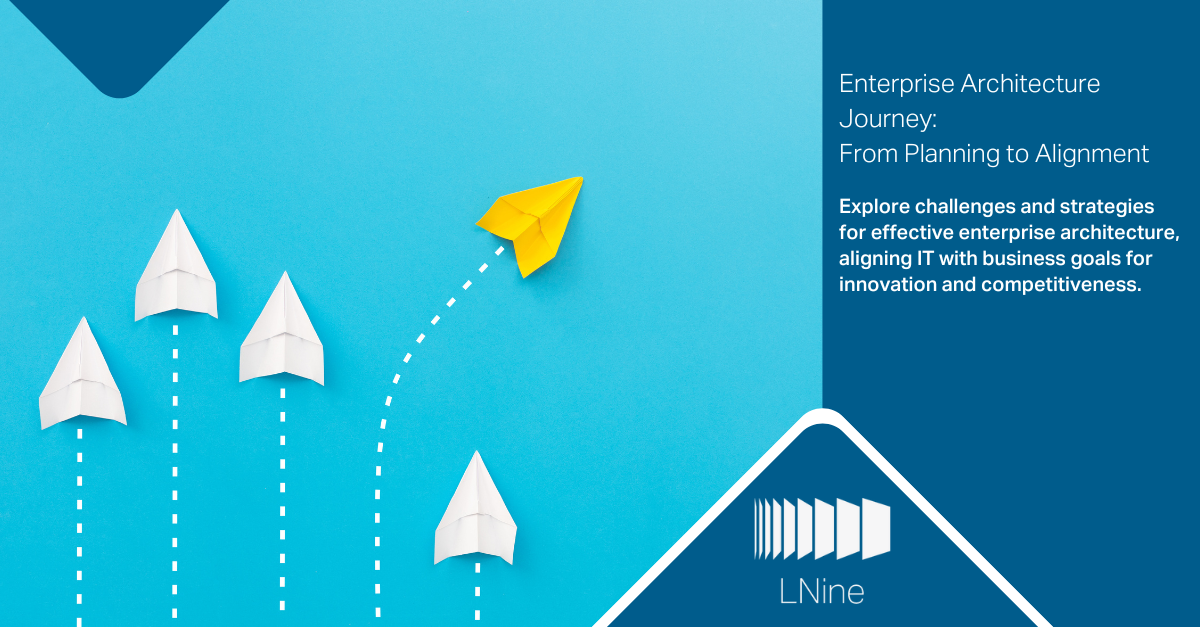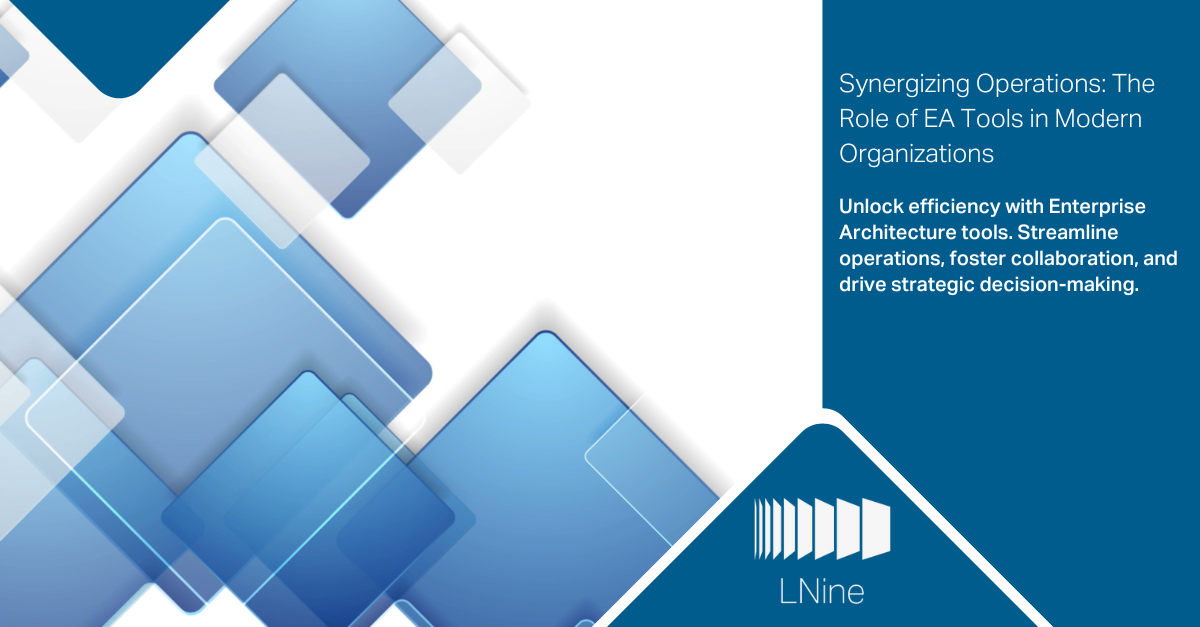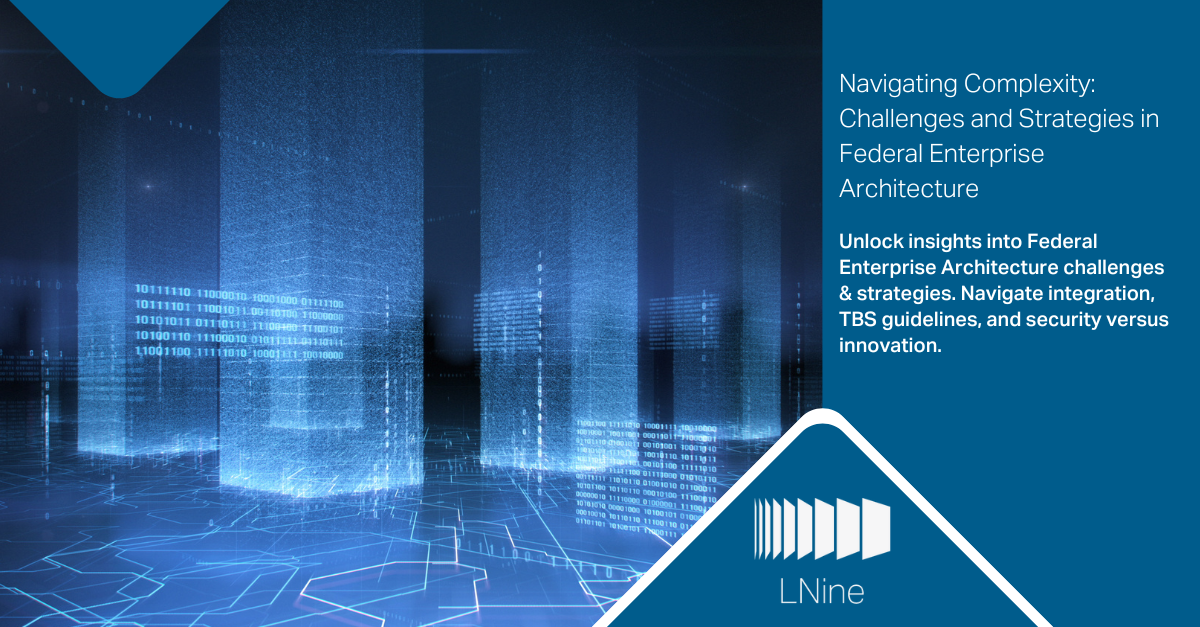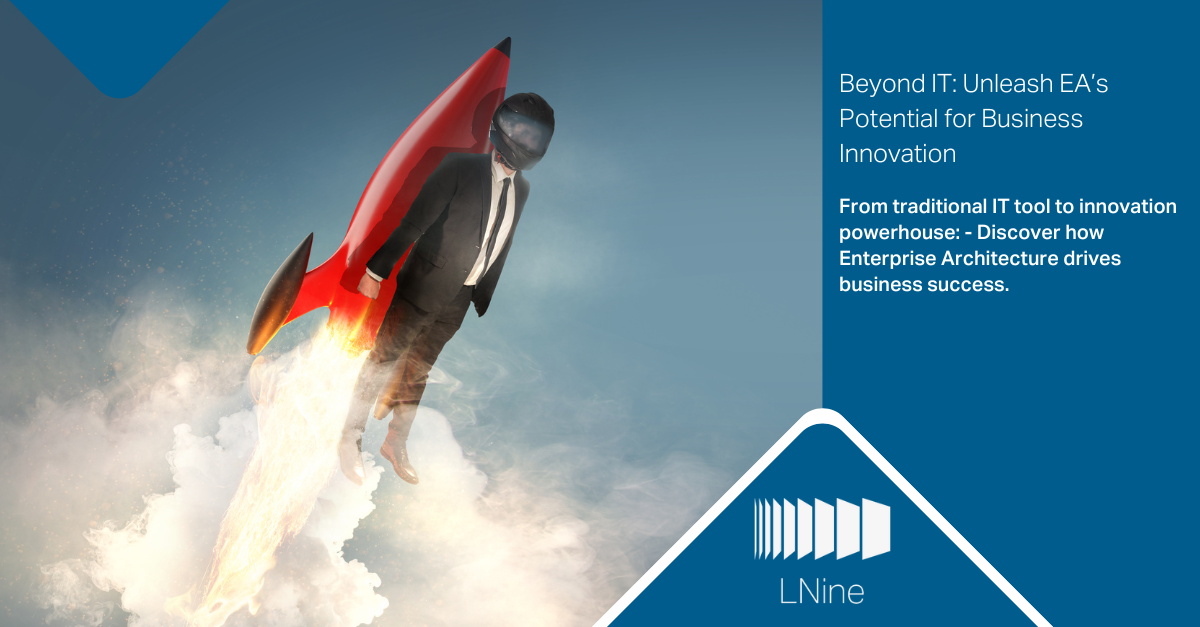Welcome to our 4-part blog series covering the intricate process of the Authority to Operate (ATO) and the key considerations for the Canadian government. In this series, we will dive into the details of how the ATO process works, its importance in fostering innovation and client services, and the challenges and opportunities it presents for the Canadian government. Stay tuned as we explore this complex and crucial topic in depth.
Latest Posts
- Cloud Transformation
- Modernization
- Authority to Operate
- cloud migration
- optimization
- Canadian Federal Government Contracting
- HIPAA
- Operational Excellence
- Security Assessment and Authorization
- Canadian Federal IT
- Cloud FinOps
- Cloud Management
- Cybersecurity
- Enterprise Architecture
- Information Management
- Canadian Federal Government employment
- Canadian Federal Government jobs
- Technical Debt
- Procurement Processes
- Technical debt in federal government
- Technical discussion
- AWS
- Canadian Federal Government resume
- Federal Government Staffing
- Microsoft
-
 Canadian Federal Government Contracting,
Operational Excellence,
Authority to Operate,
Cybersecurity,
Canadian Federal IT
Canadian Federal Government Contracting,
Operational Excellence,
Authority to Operate,
Cybersecurity,
Canadian Federal IT
In today's rapidly evolving business landscape, where digital transformation is the norm, organizations are turning to Enterprise Architecture (EA) as a strategic framework to navigate complexity, align technology with business goals, and drive innovation. As a global economic player, Canada is no stranger to the challenges and opportunities that digital transformation presents. As businesses strive to stay competitive and resilient, adopting EA becomes instrumental.
Embarking on the EA journey requires careful planning and execution. Organizations must assess their readiness for EA adoption, establishing a cross-functional team that brings together diverse skills and perspectives. Creating a roadmap for implementation and selecting appropriate EA frameworks and methodologies are crucial. This section provides actionable insights for organizations to kickstart their EA initiatives effectively.
Enterprise Architecture (EA) tools serve as comprehensive solutions tailored to address the specific needs of organizations. They offer a suite of features encompassing modelling, visualization, collaboration, analysis, and integration. These tools play a pivotal role in fostering cooperation within an organization, prioritizing seamless communication among stakeholders and ensuring alignment across various teams and departments.
Enterprise Architecture (EA) is a cornerstone in modernizing government operations, but implementing it within the intricate web of federal systems presents many challenges. In this article, we delve into the complexities the federal government faces in establishing a robust Enterprise Architecture, focusing on the challenges posed by the diverse nature of government systems, adherence to Treasury Board Secretariat (TBS) guidelines, and the delicate balance between security and innovation.
Enterprise Architecture (EA) can support and enable innovation within organizations by providing a structured approach to aligning business goals and objectives with technology solutions.
RECOMMENDATION
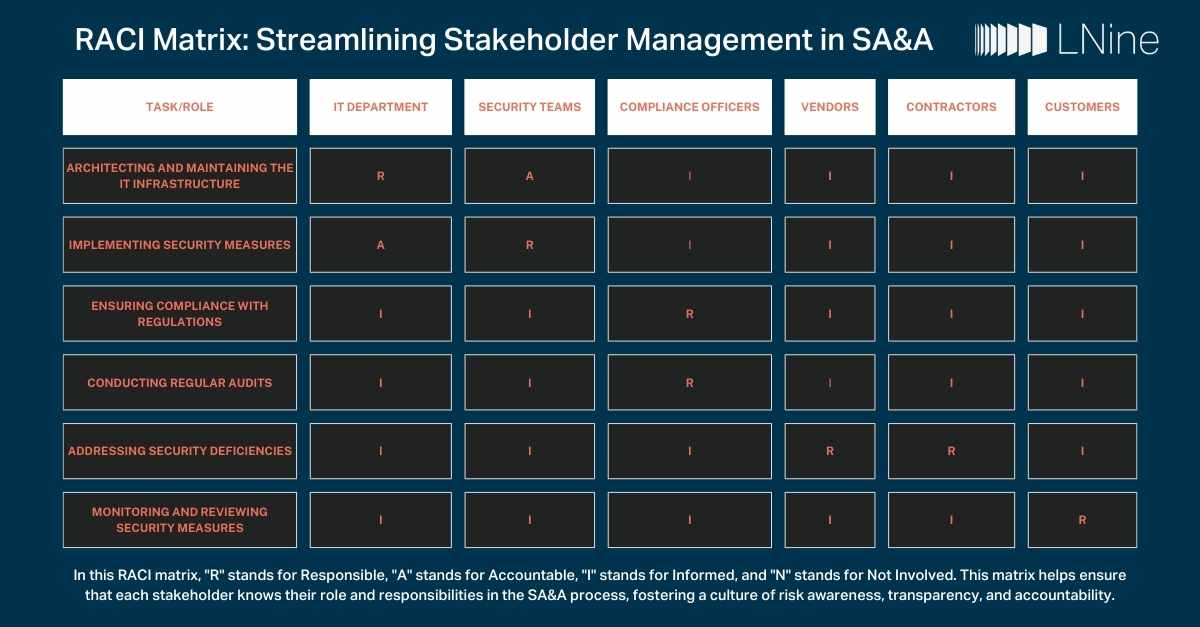
RACI Matrix: Streamlining Stakeholder Management in SA&A

From Risk to Resilience: Exploring ATO and SA&A in Modern Cybersecurity
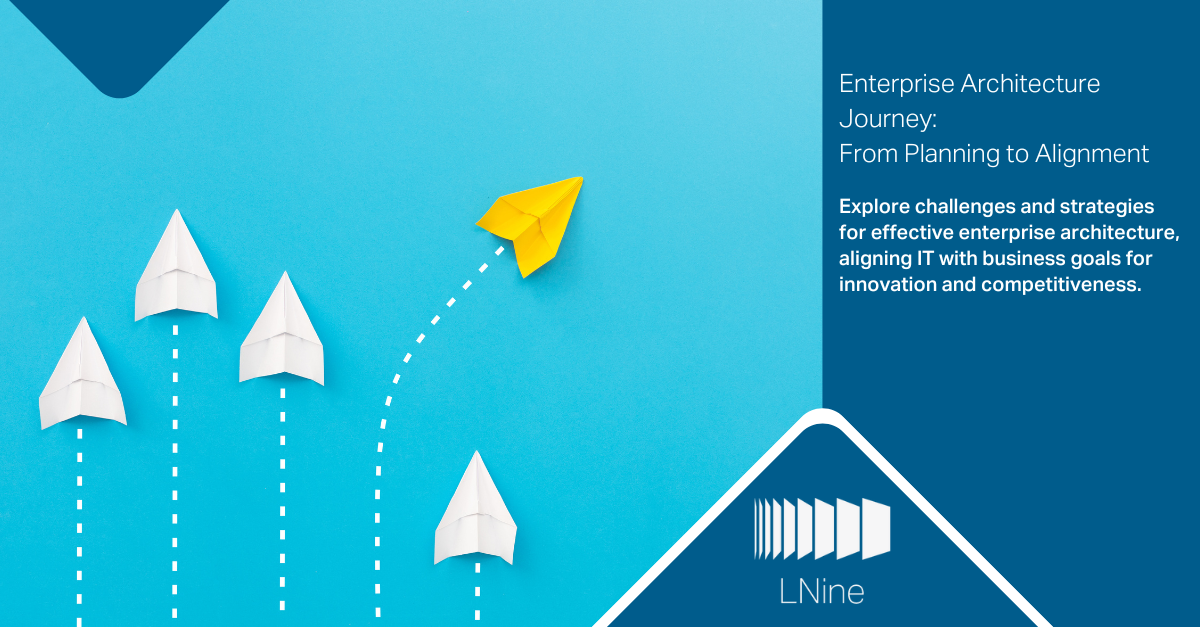
Enterprise Architecture Journey: From Planning to Alignment


